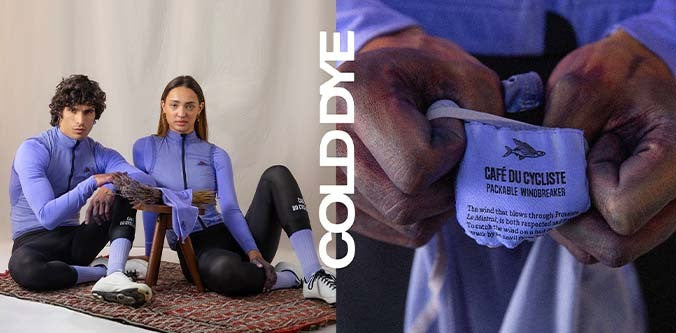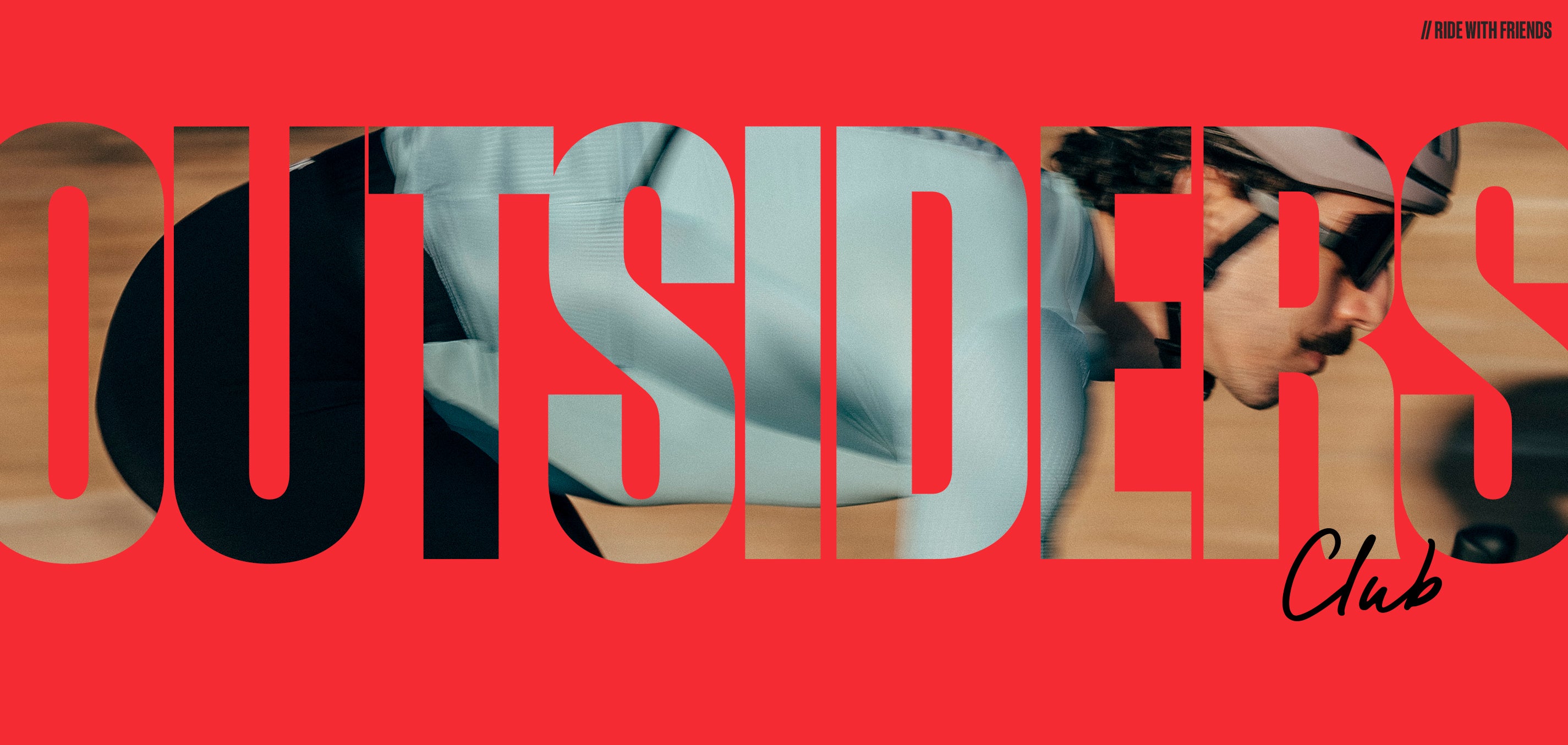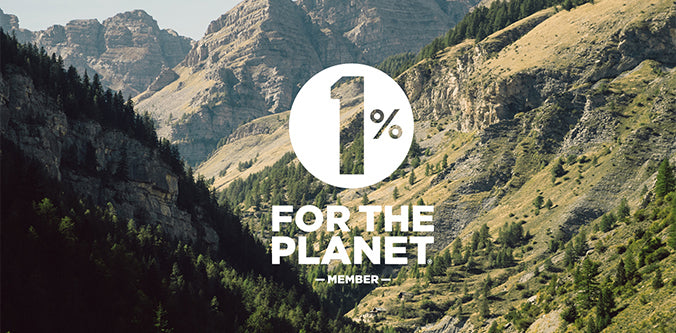THIBAUT BARONIAN RIDES L’ETAPE DU TOUR.

Celebrated trail runner Thibaut Baronian swapped his trainers for Tarmac and a bicycle and took on the fearsome Étape du Tour with Café du Cycliste…

The stats are stark: 129.9 kilometres and 4,500 metres of climbing, and a classic finish above 2,000 metres. The Étape du Tour is billed as an amateur version of a Tour de France stage, but when the pros rode Stage 19 a few days later, the parcours was shortened. Does that mean Thibaut is tougher than the pros?! We caught up with him to hear about the experience.
How was the start in Albertville? With 16,000 cyclists there, it must have been a unique atmosphere…
“A few of us from the Julbo team were in start pen 0, so we left the hotel around 6 a.m. for the start line. We were fairly well placed near the front of the pen. I wasn’t nervous about the race, but I was a bit concerned about the first 10 kilometres to Ugine – a very wide road, fast paced, with everyone trying to move up. You had to stay really focused to avoid mistakes in the peloton and try to stay up front. I hadn’t ridden in a pack for over 10 years, so that was probably the most stressful part!”
What was the key moment?
“For me, the most important thing was managing my effort in the first half of the course, especially on the Col du Pré, which gets really steep in its second half. I used my heart rate as a guide on the climbs to avoid going too deep into the red zone. Luckily, I had support along the way for food and hydration, but that may have led me to overeat a bit (around 110–120g of carbs per hour). After four hours of effort, I started feeling what seemed like hyperglycaemia and a stomach that just stopped cooperating. And that’s when we hit the bottom of La Plagne!”
How did you approach the final climb to La Plagne: 19 kilometres, 24 switchbacks, 7.2% average… sounds almost like a trail race?
“Yes, on paper – and without the rest of the course – the final climb seemed appealing. But the way I was feeling at the base didn’t let me perform as I’d hoped. I was blocked, couldn’t drink or eat (in fact, some of it came back up more than once).So I switched to survival mode and climbed La Plagne at my limit – not my muscular limits this time! I poured water over myself to cool down since I couldn’t hydrate or fuel properly, and just watched people pass me by. That final section felt endless, especially since I’d completely lost my rhythm (I was 10 minutes slower than during my endurance training ride up it!).”
Were you surprised by the intensity or pace of this amateur race?
“Not surprised! I knew the level of competition at this event was off the charts. But it was really enjoyable to ride in a pack again, and especially on closed roads. I had a blast on the descents and was actually surprised by my pace – I thought I wasn’t very strong descending, so that was a nice surprise! This was a new kind of effort for me, the first time ever riding four climbs at threshold (and the fifth however I could!). It was a great experience!”
Featured Products.
As a trail runner used to mountain efforts, what does this kind of bike race give you that’s different?
“It’s a very different kind of effort for trail runners – much more intermittent, whereas our efforts are generally more steady (we don’t get rest periods during descents, for example). But given my current situation with injury and rehab, it was a great way to train differently, stay motivated, spend time outdoors, and, most importantly, share good times via sport.”
Would you recommend this experience to other outdoor athletes who aren’t necessarily cyclists?
“An event like this definitely requires serious preparation physically, physiologically and gear-wise. But in terms of the atmosphere and experience on these legendary roads – absolutely yes. Just don’t take it too lightly if you want to enjoy it at all!
The great thing about cycling is that almost all outdoor athletes already do it. It’s a beautiful, unifying sport.”





























